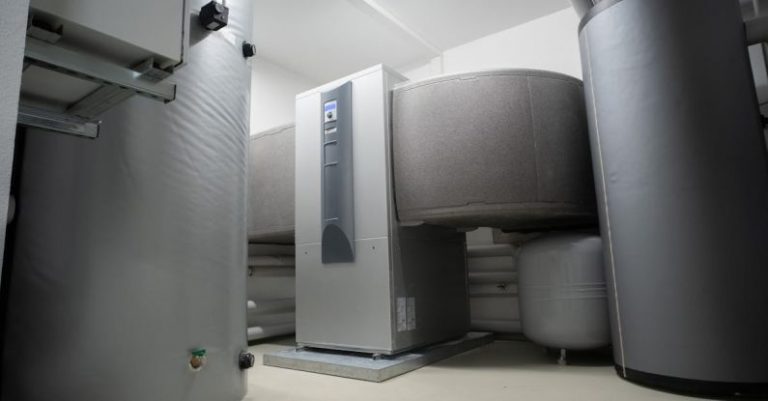Does Acoustic Treatment Matter in a Studio Setup?

When it comes to setting up a professional studio for music production, one crucial aspect that often gets overlooked is acoustic treatment. Many people focus on investing in high-quality equipment, such as microphones, monitors, and software, but neglect the importance of creating an optimal acoustic environment. The question then arises: does acoustic treatment matter in a studio setup? Let’s delve into this topic and explore the significance of acoustic treatment in a studio setting.
**The Impact of Room Acoustics on Sound Quality**
The acoustics of a room play a significant role in how sound behaves within that space. When sound is produced in a room, it reflects off surfaces such as walls, floors, and ceilings. If the room has poor acoustics, these reflections can cause issues such as echoes, reverberation, and unwanted frequencies. This can result in a muddied or distorted sound, making it challenging to accurately mix and master audio tracks.
**Why Acoustic Treatment Is Essential**
Acoustic treatment involves strategically placing materials such as acoustic panels, bass traps, and diffusers in a room to control sound reflections and absorb unwanted frequencies. By implementing acoustic treatment, you can minimize the negative effects of reflections and reverberations, resulting in a more accurate representation of the audio being produced. This allows for better decision-making during the recording, mixing, and mastering processes.
**Improving Clarity and Detail**
One of the primary benefits of acoustic treatment in a studio setup is the improvement in clarity and detail of the sound. By reducing reflections and controlling reverberations, acoustic treatment helps eliminate sonic anomalies that can color the audio signal. This results in a more precise and transparent sound, allowing you to hear subtle nuances in the music that may have been previously masked by poor room acoustics.
**Enhancing Mixing and Mastering Accuracy**
For music producers and engineers, achieving a balanced mix is essential for creating professional-sounding tracks. Acoustic treatment plays a crucial role in enhancing the accuracy of mixing and mastering by providing a more controlled listening environment. With improved acoustics, you can make informed decisions about levels, panning, and EQ, leading to a more polished and cohesive final product.
**Creating a Consistent Listening Environment**
Consistency is key when it comes to audio production. A well-treated room ensures that the sound you hear while mixing and mastering remains consistent across different playback systems. This is crucial for ensuring that your music translates well to other listening environments, such as car stereos, headphones, and club speakers. Acoustic treatment helps create a reliable reference point for your audio work, allowing you to make informed decisions that will sound good across various platforms.
**The Versatility of Acoustic Treatments**
Acoustic treatment is not a one-size-fits-all solution. Different rooms have unique acoustic characteristics that require tailored treatment approaches. Acoustic panels, bass traps, diffusers, and other acoustic treatment products come in various shapes, sizes, and materials to address specific acoustic issues. By customizing the acoustic treatment to suit your studio space, you can optimize the acoustics for accurate sound reproduction.
**Maximizing the Potential of Your Studio**
In conclusion, acoustic treatment is a crucial component of a professional studio setup. It significantly impacts the quality of sound reproduction, clarity, and accuracy in audio production. By investing in acoustic treatment, you can create an optimal listening environment that enhances your ability to mix, master, and produce music effectively. Whether you are setting up a home studio or a commercial recording facility, prioritizing acoustic treatment will elevate the overall quality of your audio productions and help you achieve professional results.





